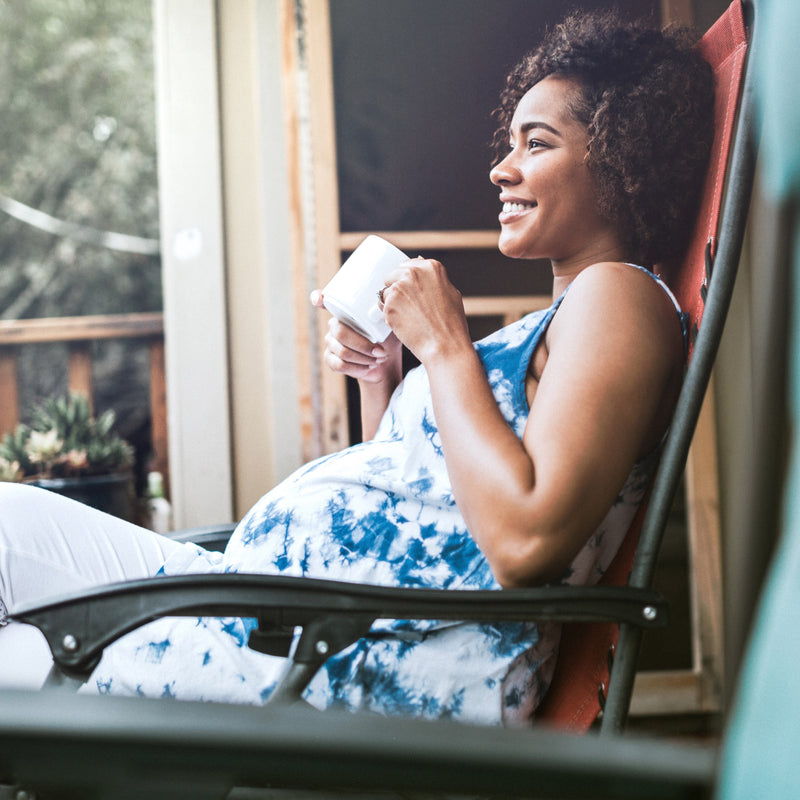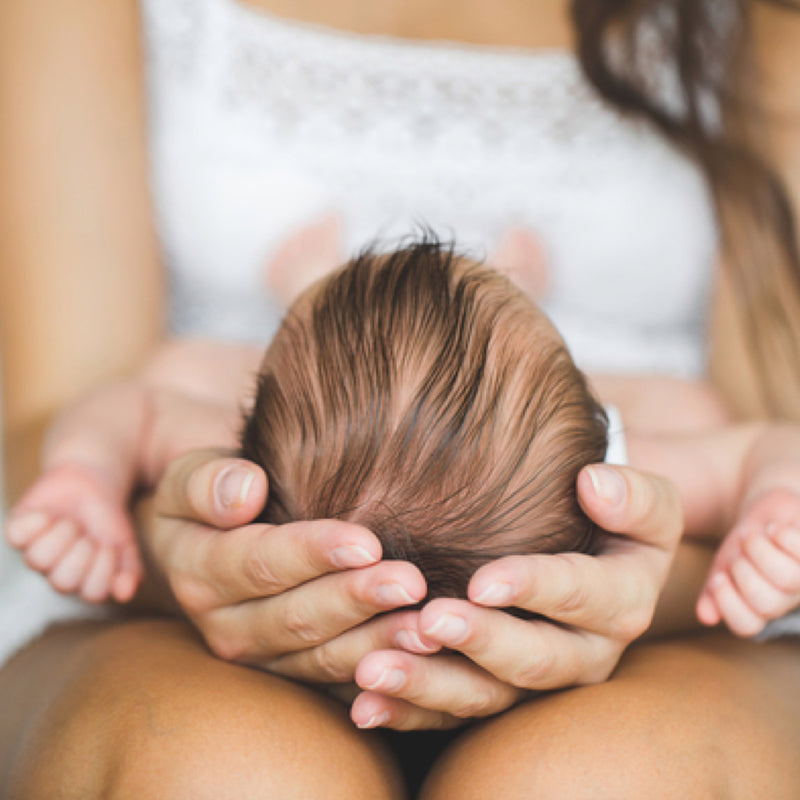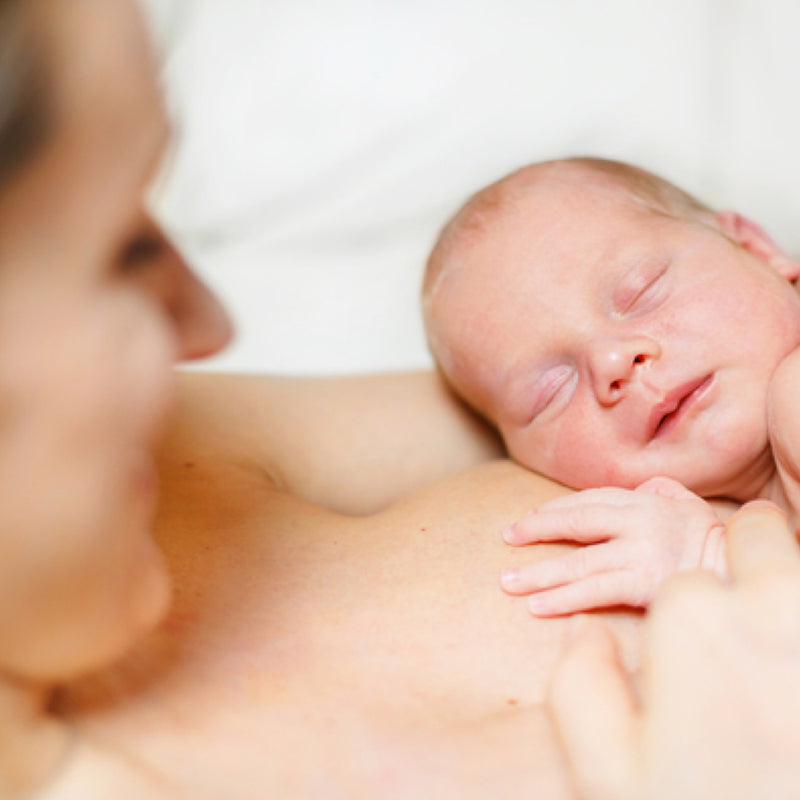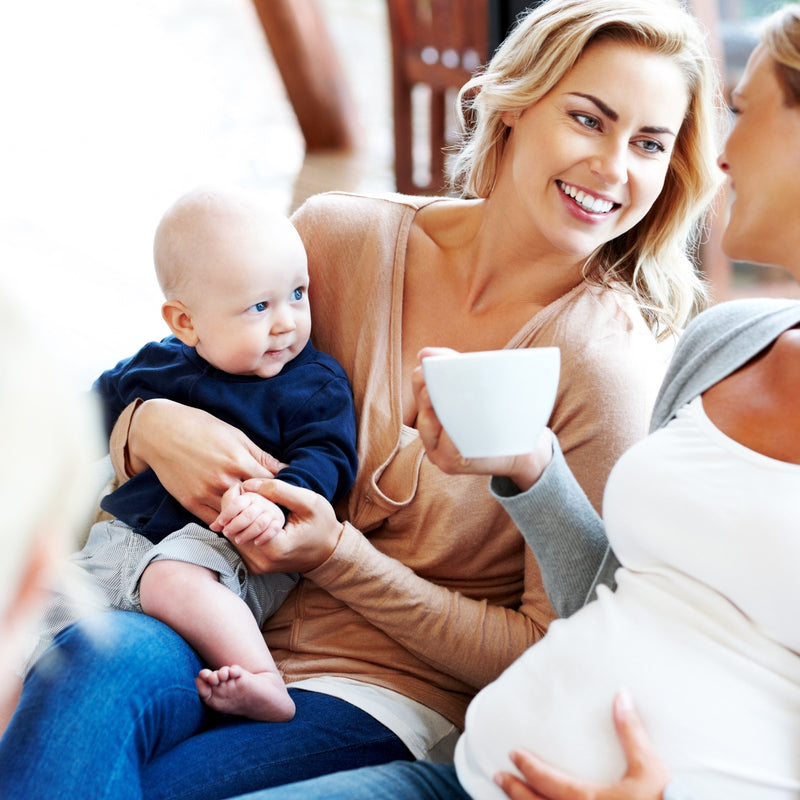Key Points
- Australian laws mandate strict safety standards for car restraints to protect children during travel
- Guidelines cover design, construction, performance, installation, and use of car restraints
- Factors to consider include safety ratings, child's age and height, ease of use, compatibility with the car, and price
- Second-hand restraints should be avoided, and instructions for correct use must be followed meticulously
There are lots of decisions about what to buy when having a baby. Many are negotiable and come down to personal choice or lifestyle and how much money there is to splash about. But purchasing a car seat is one item of baby equipment which is a must have if your baby is going to be transported in a car. The days of holding baby in the front seat or bouncing around in a bassinette in the back are long gone.
Australian laws are very clear about mandatory safety standards relating to car seat safety. Essentially, any car restraint sold in Australia needs to have met stringent guidelines to ensure it is safe. However, not all child restraints are the same.
It’s important for parents to know what to look for and what to avoid to keep their child as safe as possible.
Mandatory Guidelines
These cover a range of requirements which need to be met to ensure optimum safety. They include how the restraint is designed, constructed, it’s performance, how easy it is to install. The mandatory guidelines also relate to the restraint’s use and factors such as markings and how the restraint is packaged.
The Safety Standard: Child Restraint Systems for use in Motor Vehicles sits within the Australian Government Federal Register of Legislation. All new developments or changes in the design or function of child restraints need to be assessed carefully before they are approved for use.
In Australia, there are minimum legal requirements for using car restraints and booster seats.
But You’ll Never Fit!
No matter what your individual child’s weight and height, there is a restraint which is designed to ensure they are as safe as possible when travelling as a passenger in a car.
The Rules...
- Children aged less than six months must use a rear-facing child restraint with an inbuilt harness. They must not sit in the front row if the car has two or more rows of seats.
- Children aged six months to less than four years must use a rear-facing or forward-facing child restraint with an inbuilt harness. They must not sit in the front row if the car has two or more rows of seats.
- Children aged four years up to seven years must use a forward-facing approved child restraint with an inbuilt harness. Alternately, they can use a booster seat with a properly fastened and adjusted seatbelt or child safety harness. They can sit in the front row only if all other rear seats are being used by children under seven years, in vehicles with two or more rows of seats.
- Children aged seven years and older must use a properly adjusted and fastened child restraint or adult seatbelt, depending on their size.
Remember, the safety of a car restraint is dependent on how it is made as well as how it’s installed.
Car restraints for children are generally suitable for kids up to the age of ten years or with a shoulder height of 530 mm. Child car restraints are fitted into cars using the existing adult seat belts. If these aren’t in good working order or are frayed, broken or incomplete, it won’t matter how safe the child restraint is.
The Mandatory Australian Standard covers eight types of child restraints. These include:
- Type A – this is a rearward-facing or transversely installed restraint with a harness. There are eight variations of this type of harness.
- Type B – Forward-facing with a harness.
- Type C – Forward – facing harness which is used with a booster seat without a chair. There are two variations of this.
- Type D – Rearward-facing chair with a harness.
- Type E – Is a booster seat which is used with a lap-sash seatbelt. This is suitable for children who are less than 128cm in height.
- Type F – Is a booster seat which is used in conjunction with a lap-sash seatbelt. This is suitable for children who are less than 138cm in height.
- Type G – Is a forward-facing chair with a harness.
- Type H – Is a converter which is used with a booster seat or with a seatbelt without a booster.
Another reference guide to help parents make decisions about which car restraint to buy is the Child Restraint Evaluation Program (CREP). The CREP is an independent form of testing and is understood to be more stringent than the Australian Standards requirements. All car restraints and seats tested by CREP have to comply with the Australian Standards and provide good protection.

What we Know to be True About Child Car Restraints
- All restraints are not created equally.
- Car restraints are only as good as how they are used and installed.
- Children outgrow car seats and their height and weight influence how well they are restrained by the car seat in the case of an accident.
- Once a child outgrows their car seat they will need a new one.
Capsules are generally the first form of car restraint and are used for newborns to at least six months of age. Capsules click into a base installed into the car and some of them click into a pram.
From around six months a forward-facing car seat can be used until at least eight years of age.
What’s The Five-Step Test?
This is a quick test to help parents decide if their child is big enough to move from a child restraint and into an adult seatbelt.
Children are big enough if they can do these things:
- Sit with their backs firmly against the seat back.
- Bend their knees comfortably over the front of the seat cushion.
- Sit with the sash belt across their mid-shoulder.
- Sit with the lap belt across the top of their thighs.
- Stay in this position for the whole car trip.
As a general rule, it’s better to use a child restraint for as long as possible before graduating to an adult seatbelt.
Other Things to Consider About Child Car Restraints
- Check the safety ratings for the car restraint you’re considering.
- The age and height or your child. This is the starting point before progressing onto any other factors.
- The type of car seat you want. Some parents are keen to use the same car restraint for a few years and convert it (as per the manufacturer’s recommendations) as their child grows. Other parents may have different models of car restraints which are designed for older ages and stages.
- Check the ‘ease of use score’. Essentially, a car restraint which is easier to use is more likely to be used correctly.
- Check how the car restraint fits into your individual car.
- If you need to buy more than one restraint, it would be helpful to get the same one. Consistency of use will help to make life easier and safer use of the restraint.
- Consider price. Don’t assume that the more expensive option is necessarily safer.
- Do your own research and make up your own mind. Don’t believe everything salespeople tell you.
- Avoid buying or using a second hand car restraint. Buy new wherever possible. Even if you know the people you’re getting the restraint from, ultimately, you don’t know the history of the restraint or if it’s been involved in an accident.
- Read the instructions for correct use and installation.
- Consider having your child’s car restraint professionally fitted. In each Australian State and Territory there are road safety organisations such as RACV and RACQ who provide car restraint fitting services.
- Source your research from Government approved websites or those which are affiliated with child safety.
Instructions for Use
All new child restraints, by law, need to come with instructions about how they must be installed and about general care and maintenance. These instructions need to be attached to the restraint or in a pocket of the restraint so they can be easily referred to. Labels attached to the restraint also supply additional information.
Warnings
Child restraints must also include warnings about how they can be used. Typical warnings include supervision of children at all times when they’re in the car restraint, the restraint being used exactly as it is intended and any repairs or alterations only being done by the manufacturer or an approved agent.
Cleaning products and chemicals can alter the effectiveness of a car restraint and it’s important to follow the care instructions provided by the manufacturer to ensure there is no compromise to the integrity of the product.
For more information:
- Child Car Seats
- Safety Standard: Child Restraint Systems For Use In Motor Vehicles
- Product Safety Australia
- Raising Children
About the Author: Jane Barry - Your Health Content Expert
Jane Barry is a registered nurse, midwife, and child health nurse with a passion for combining clinical expertise and writing. She has nearly 30 years of specialist experience in child health nursing and holds a Bachelor's Degree in Applied Science (Nursing). Jane specialises in women’s health, parenting, pregnancy, babies and maternity care, child health, nutrition, feeding, teething, and dental health issues.
An active member of AHPRA, The Australasian Medical Writer’s Association, Health Writer Hub, and the Australian College of Children and Young People’s Nurses, Jane Barry delivers health content with professionalism and clarity.
Our Products
-
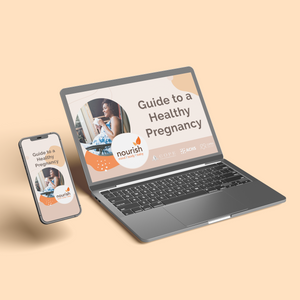
01. Guide to a Healthy Pregnancy
$55 -
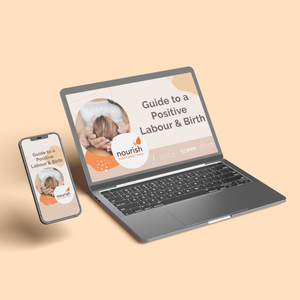
02. Positive Birthing Course
$55 -
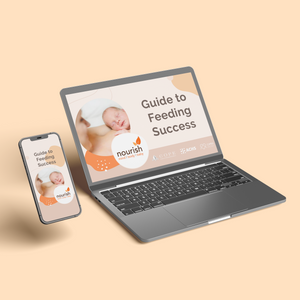
03. Infant Feeding Guide
$55 -
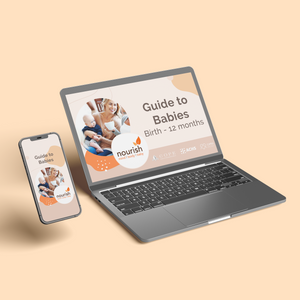
04. Baby Sleep Guide - First 12 Months
$55 -
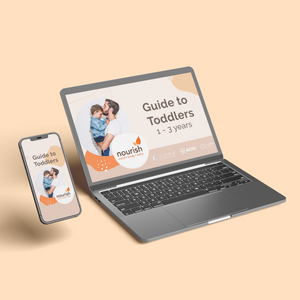
05. Toddler Parenting Course 1 - 3 Years
$55
-
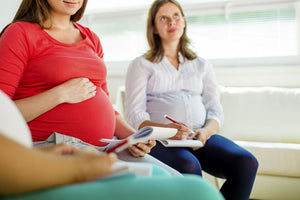 When to Start Antenatal Classes?
When to Start Antenatal Classes?
Becoming a parent is an incredible milestone, but it comes with a host of changes that can be daunting, especially for first time parents. Antenatal classes are all about offering expectant parents the education they need to make informed decisions, look after their bodies and care for their newborn babies. While you probably already have a long list of things you need to accomplish during your pregnancy, it’s a good idea to make time to attend antenatal classes.
-
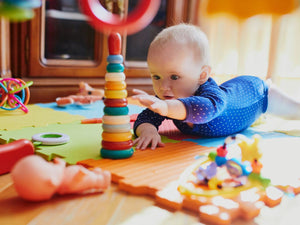 Development Milestones 4-8 Months
Development Milestones 4-8 Months
As they reach the middle of their first year, you'll start to see bigger leaps in their growth and ability!
In this article, we’re going to discuss your baby’s developmental milestones between 4-8 months, and what you can expect along the way.





 When to Start Antenatal Classes?
When to Start Antenatal Classes?
 Development Milestones 4-8 Months
Development Milestones 4-8 Months

